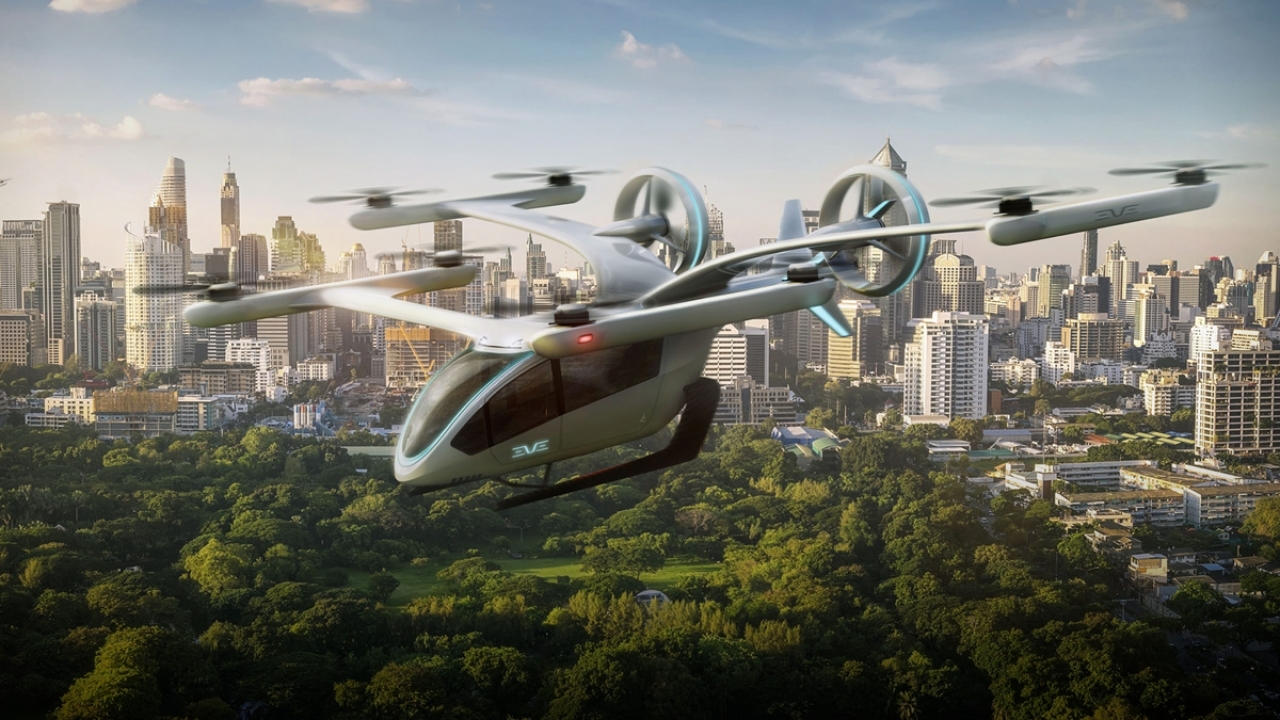Seychelles embraces drones for fishery protection
The Seychelles Fishing Authority has unleashed an unprecedented combination of short-range drones, autonomous long-range unmanned air vehicles (UAVs), Earth observation data and fisheries intelligence analysis in its fight against illegal fishing operations in its waters.

The Seychelles archipelago consists of 115 granite and coral islands spread over an area of 177 square miles. Fishing is the country’s largest economic sector after tourism, with fish products accounting for 95% of total exports and employing 17% of the population.
Licensing fees paid by foreign companies that trawl in Seychelles’ territorial waters are a crucial source of income.
However, the Seychelles’ fishing industry has been hard hit by the effects of Somali pirates, with the number of fishing boats entering Port Victoria, Mahe, dropping to 60 per year during the peak piracy threat period from the usual 60 per month.
The pirates were estimated to be costing 4% of the Seychelles’ GDP, including the loss of boats, fishing, and tourism, and the need to invest in maritime security.
The industry is now starting to recover as a result of international anti-piracy efforts, and by fishing boats carrying armed guards to deter attacks by pirates. India donated Dornier Do 228 patrol aircraft in January 2013 and June 2018, while gunboats and patrol vessels have been donated by China, the UAE and India.
However, piracy and illegal fishing is still a threat so The Seychelles Fishing Authority has now launched a new trial, known as the FishGuard project, which will use drones to monitor illegal fishing activities.
The drone will be operated by the Seychelles Air Force, while the coastguard will provide a vessel for at-sea UAV deployment.
The Seychelles Civil Aviation Authority will provide the necessary flight authorisations and will ensure that safety requirements are met.
Long- and short-range drones will be provided by ATLAN Space. The company has developed patented technology that will use networks of aerial vehicles guided by artificial intelligence to scan large marine areas.
GRID-Arendal will provide relevant Earth observation data for the pilot project, while Norway’s Trygg Mat Tracking will provide fisheries intelligence and analysis.
Stay up to date
Subscribe to the free Times Aerospace newsletter and receive the latest content every week. We'll never share your email address.

